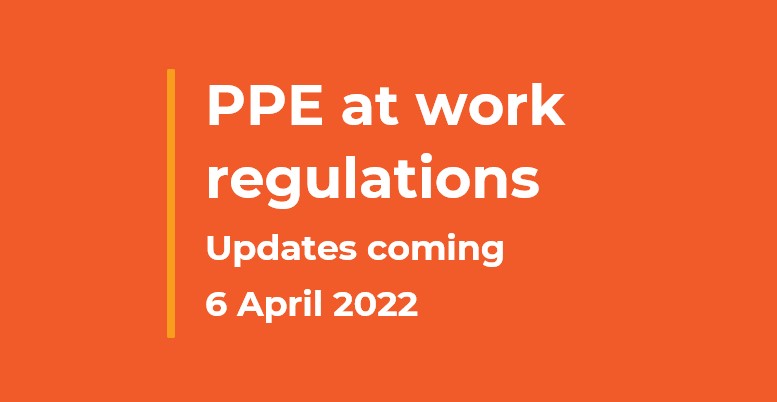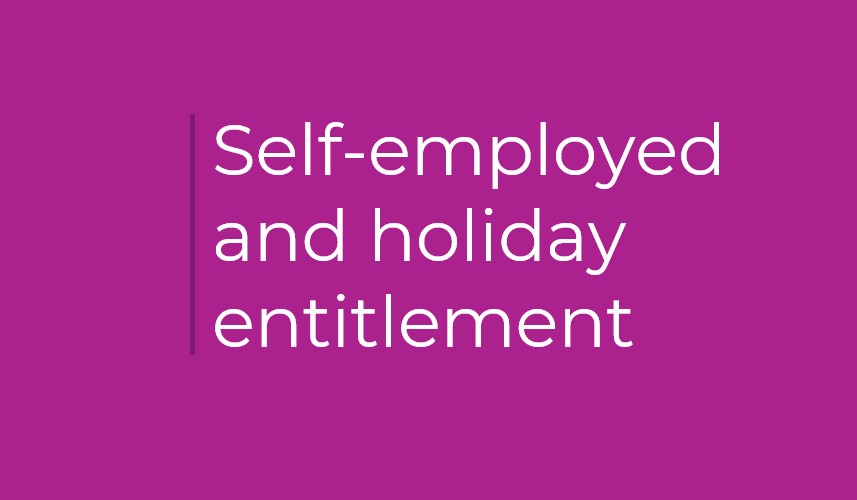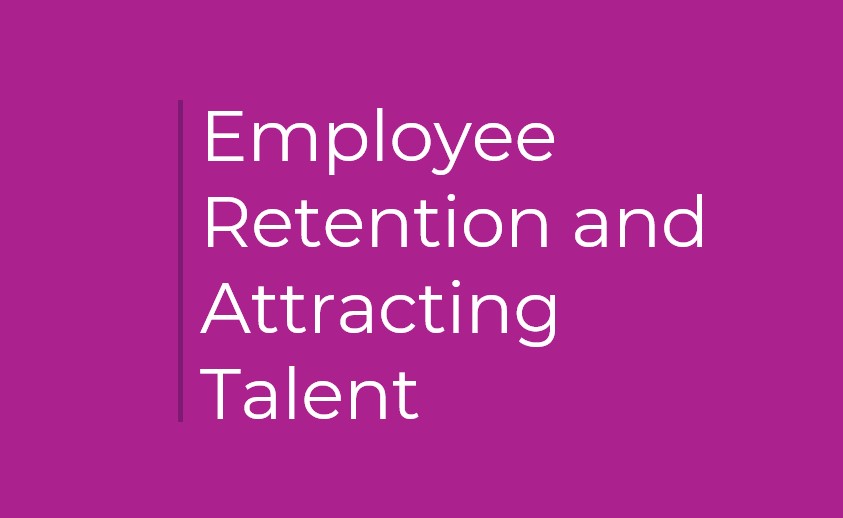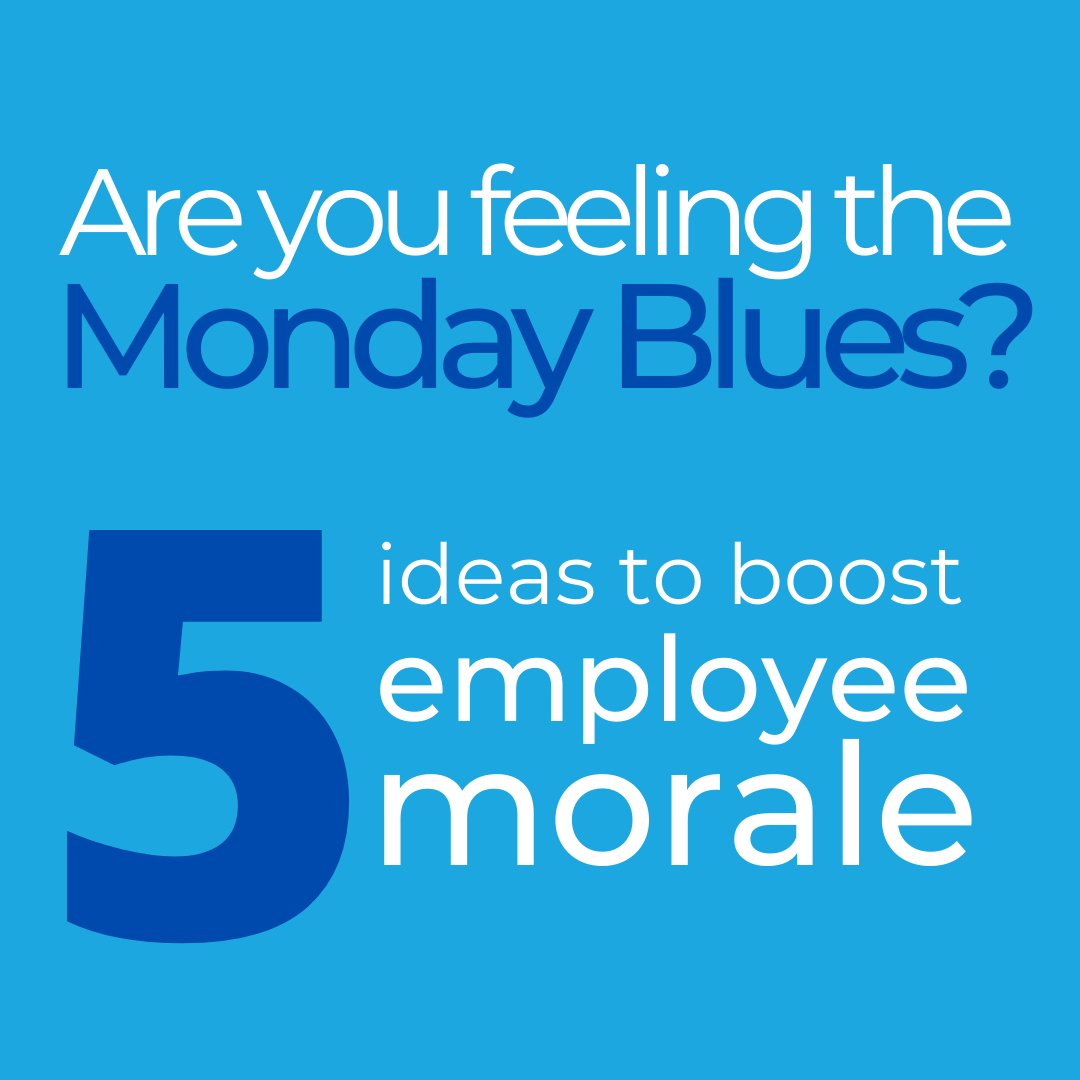HR ADVICE FROM HR EXPERTS
Grievance in the Workplace
Having a robust procedure for workplace grievances will help you resolve issues before they escalate.
Our workplace grievances guide will talk you through:
- What is a workplace grievance?
- How to arrange a workplace grievance meeting
- Do you need a workplace grievance investigation
- What are the outcomes from a grievance in the workplace
Download Guide
What is a workplace grievance?
IIf an employee has a problem (‘grievance’) at work it’s usually a good idea for them to raise it informally first.
The employer should respond even if the problem’s raised informally.
Where it cannot be addressed informally or it is not appropriate to deal with it informally, it can be addressed formally in writing.
The employee can raise a grievance if:
- They feel raising it informally has not worked
- They do not want it dealt with informally
- It’s a very serious issue, for example sexual harassment or ‘whistleblowing’
- Do you need support?
How do I arrange a workplace grievance meeting?
-
Make sure you fully understand the business’s grievance process
-
Usually the line manager (or alternative manager if the grievance is about the line manager) should arrange a meeting
-
The employee has the right to be accompanied by a work colleague or a trade union representative
-
Write to the employee and schedule the meeting within the timescale outlined in the policy and allow time for the employee to arrange to be accompanied
-
If it isn’t possible to work within the documented timescale, make sure the employee is made aware of the reasons why
-
If possible, arrange for a note taker to be available. This will make sure that you can fully concentrate on the conduct and content of the meeting


What should I do at the grievance meeting?
-
Make sure there’s a comfortable, open atmosphere
-
Make sure there are no interruptions
-
Allow the employee to air their concerns
-
Ask sufficient questions to make sure a full understanding of the matters at hand
-
Take notes to make sure that an accurate record of the discussions is kept
-
Summarise your understanding of the issues to ensure accuracy
-
Ask the employee how they would ideally like the matter resolved
-
Agree next steps so the employee is clear on what is going to happen
-
Agree proposed timescales
What is the role of the companion?
The companion may:
- Present the employee’s case
- Discuss matters with the employee during the meeting
- Sum up for the employee, and respond on the employee’s behalf to any views expressed
- The companion may not answer any questions on behalf of the employee


Should I carry out a workplace grievance investigation?
-
Yes, if an employee has raised a problem it is your duty as an employer to investigate this
-
Promptly speak to all relevant personnel or external witnesses, preferably face to face but if this isn’t possible, by phone. Try to avoid email as matters can be more easily misinterpreted
-
Preferably, take written, signed statements
-
Question and challenge responses in order to make sure the matter is fully understood and appreciated by all concerned
-
Take notes to make sure that an accurate record of the investigation meetings and discussions are made
-
Analyse any appropriate key information – figures/emails/letters/feedback forms etc.
Do you need to start a workplace investigation?
Read our guide on how to conduct a workplace investigation.
How do I provide an outcome to the workplace grievance?
- Unless previously agreed otherwise, write to the employee explaining fully your findings and the reasons for these
- Inform the employee that they have the right of appeal
- Follow the documented procedure to make sure the employee is aware of to whom they should appeal in writing and the timescales
- If it’s been previously agreed to communicate the outcome at a meeting, schedule this with appropriate time for the employee to arrange to be accompanied
- Take notes of the meeting
- Follow-up with confirmation of the grievance outcome in writing with the right of appeal and confirm details of any actions that you intend to take
- Place copies of all notes, evidence gathered and letters on the employee’s personnel file
Remember, If you’re unsure whether a matter needs to be taken further, our HR consultants can provide knowledgeable advice, so you can be confident with your decisions.

Do you need to start the disciplinary process?
Take a look at our disciplinary in the workplace guide, along with a helpful video that talks through the steps you need to take.



